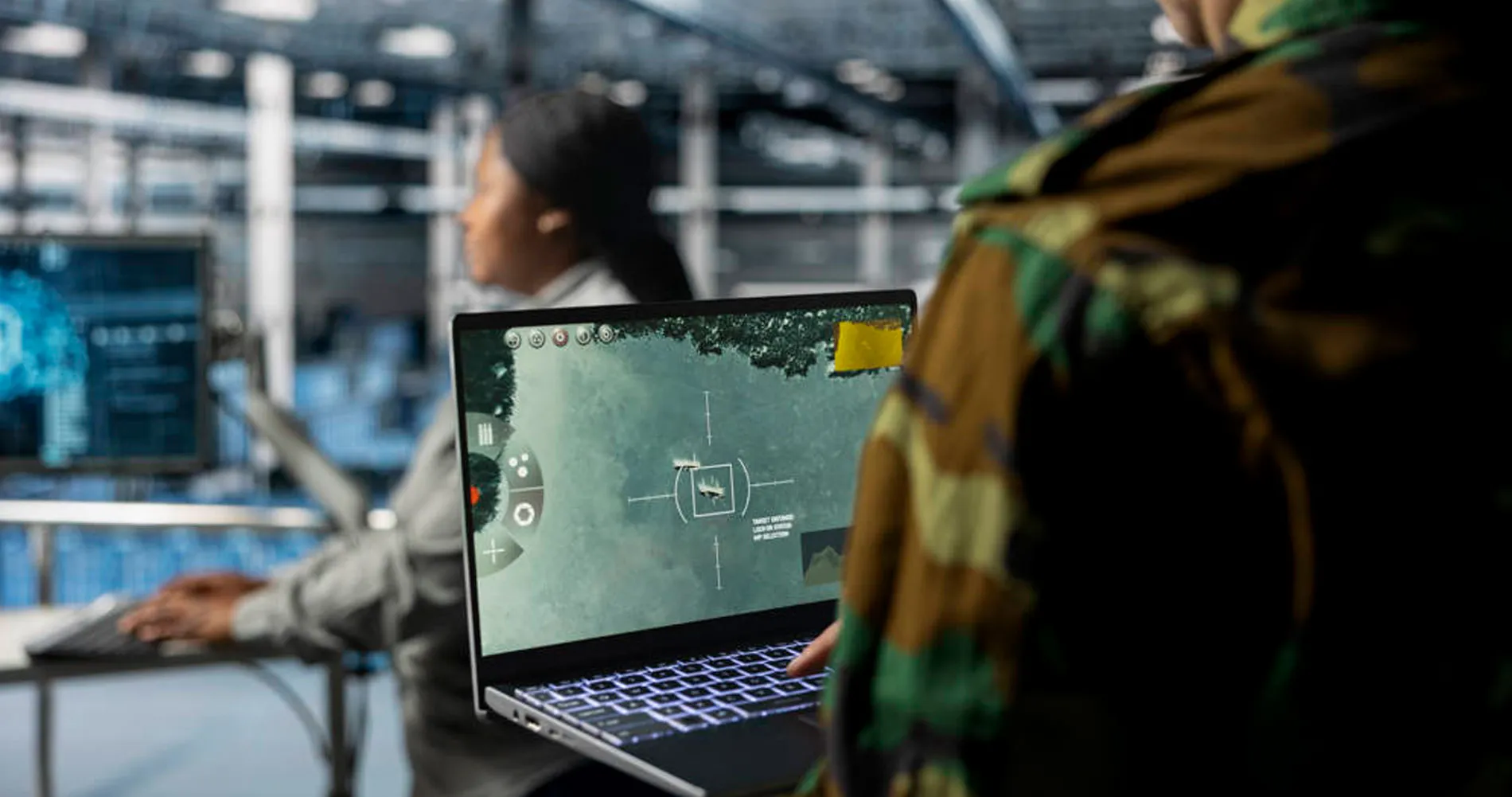Reversing a 15-year policy, Swedish schools will be favoring the use of analog learning tools over digital ones. The decision comes after a noticeable decline in Swedish students’ reading and writing skills as well as memory and concentration. Will this decision be enough to adequately prepare children for the modern world? Will others follow Sweden?
Reed McIntire
7 April 2025
Arabic version | French version | German version
In a near-complete turnaround, the government of Sweden has announced it will be changing from entirely digitized classrooms to a combination of digital and traditional learning methods, such as textbooks. The move comes after 15 years of efforts to bring digital tools to the forefront of education and seeks to counteract perceived its negative side effects.
In 2009, Sweden adopted a policy favoring increased use of digital tools, such as tablets and computers, in its public schools, with the aim of preparing students for a digitized world. While the Swedish education system remains one of the best in the world and has an above average literacy rate for Europe, educators and professionals noticed multiple negative side-effects from using screens in classrooms. Notably, Swedish students began to suffer in essential areas such as reading and writing, and the back-lit screens on computers and tablets were found to reduce students’ ability to concentrate.
To counter these negative effects, the Swedish government is now investing over EUR 100 million to provide every student with adequate textbooks and other traditional educational methods. By returning to traditional classroom tools, the Swedish government aims to improve students’ writing and reading skills while also supporting their ability to retain information.
However, the Swedish government has also made clear that it is not entirely abandoning the use of digital tools. Instead of opting entirely for one extreme, they seek to strike a balance between the two and optimize the use of digital tools. Ultimately, Sweden seeks to provide students with both the essential skills provided by textbooks and traditional learning methods while also preparing them for a digital world.
Sweden’s experiment with digital classrooms is part of a broader move within the European Union towards digitization of education. In 2020, the EU adopted the Digital Education Action Plan, a 5-year program to promote “high-quality, inclusive and accessible digital education in Europe”. Through multilateral cooperation, common guidelines and frameworks, as well as increased traineeships and professional opportunities, the Plan aims to prepare European citizens for a digital future and eliminate barriers to digital education across socio-economic groups.
The debate between digital and analog learning methods extends beyond Sweden and the EU. In the United States, the proliferation of digital classroom tools has grown immensely since the COVID-19 pandemic, with 98% of teachers saying they use some type of digital tool in their day-to-day teaching. Additionally, 66% of US teachers use Google Classroom or other similar applications for online classroom and assignment .
Even outside the classroom, US children are becoming increasingly exposed to the digital world. By 2013, 72% of US children under the age of eight were reported to be using digital media in some form. Additionally, in 2019, NPR found that over half of 11-year olds already own a smartphone.
Outside of the Western world, China and Japan are also increasing the digitization of their classrooms. In 2022, China announced the creation of the Smart Education of China (SEC) platform, a digital library of courses, materials and tools for educators and students. The program has been praised by some observers for providing universal access to learning tools, as well as improving education access and quality not only for Chinese citizens but also people globally. By the end of 2023, a reported 18.8 million teachers and 293 million students have accessed the SEC platform.
Likewise, Japan has been engaged in a similar venture with its Global Innovation and Gateway for All (GIGA) program. Initially drawn up in 2018, GIGA is a USD 4.4 billion plan which aims to provide every student with a digital device and high-speed internet connection and to support teachers in developing interactive lessons which accommodate individual needs and levels. The GIGA program is part of Society 5.0, a broad policy by the Japanese government to prepare the country for a world reliant on cyberspace, AI and the Internet.
Despite these goals, the GIGA program has not been as successful as anticipated. Only 30% of Japanese students use their provided devices daily and teachers have noted difficulties adapting their lessons and style to a digital format. To resolve these issues, the Japanese government has established an advisory board to prepare teachers better and has allocated additional funds for the procurement of PCs and digital devices for students.
The increased use of PCs, tablets and other devices has heightened global awareness of the “digital divide”, which refers to the difficulties lower income people, families, and communities have in accessing digital information or media. While many national programs aim at providing students with a device regardless of their family’s background, there remain countless schools and communities who do not have the proper funding for these items. Globally, there are an estimated 2.6 billion people with no or little internet access, the majority of whom live in low-income or developing nations. As a result, digitization remains today a program for those with higher standards of living.
Socio-economic differences aside, the general proliferation of digital media in the hands of youngsters has also been a cause of concern. The excessive usage of screens by US children has been noted by observers on social media, dubbing them “iPad kids”. Often lambasted on TikTok, iPad kids have become synonymous with the negative side effects of digital media on childhood development and learning.
A 2023 study (Effects of Excessive Screen Time on Child Development: An Updated Review and Strategies for Management) found that excessive screen usage by children can “negatively affect executive functioning, sensorimotor development, and academic outcomes” with “lower cognitive abilities and academic performance” in later years also reported. More colloquially, children raised on screens are notorious for unpredictable moods, concentration difficulties, and underperforming in reading and writing. In response to these issues, some US schools have resorted to banning the use of devices on school grounds.
The Austrian education system is similarly attempting to resolve the negative impacts of excessive screen use. In February 2025, Education Minister Christoph Wiederkehr announced that mobile phone use will be banned nationwide in the first eight grades. According to Wiederkehr, the overuse of cell phones in public schools is having a worse impact on education than the coronavirus pandemic, which saw a near-universal transition to distance learning.
However, in the aftermath of the pandemic, the impacts of digital-only education are increasingly questioned. While digital tools became a necessity at the time, students were found to have decreased skills in writing, socialization, as well as worse mental health owing to isolation.
However, with the increasing use of computers and digital tools in the modern world, the solution cannot be to avoid digitalization entirely. Instead based on Sweden’s experience, finding a balance between digital and analog learning will likely be the best course of action for students and children in the 21st century.






















